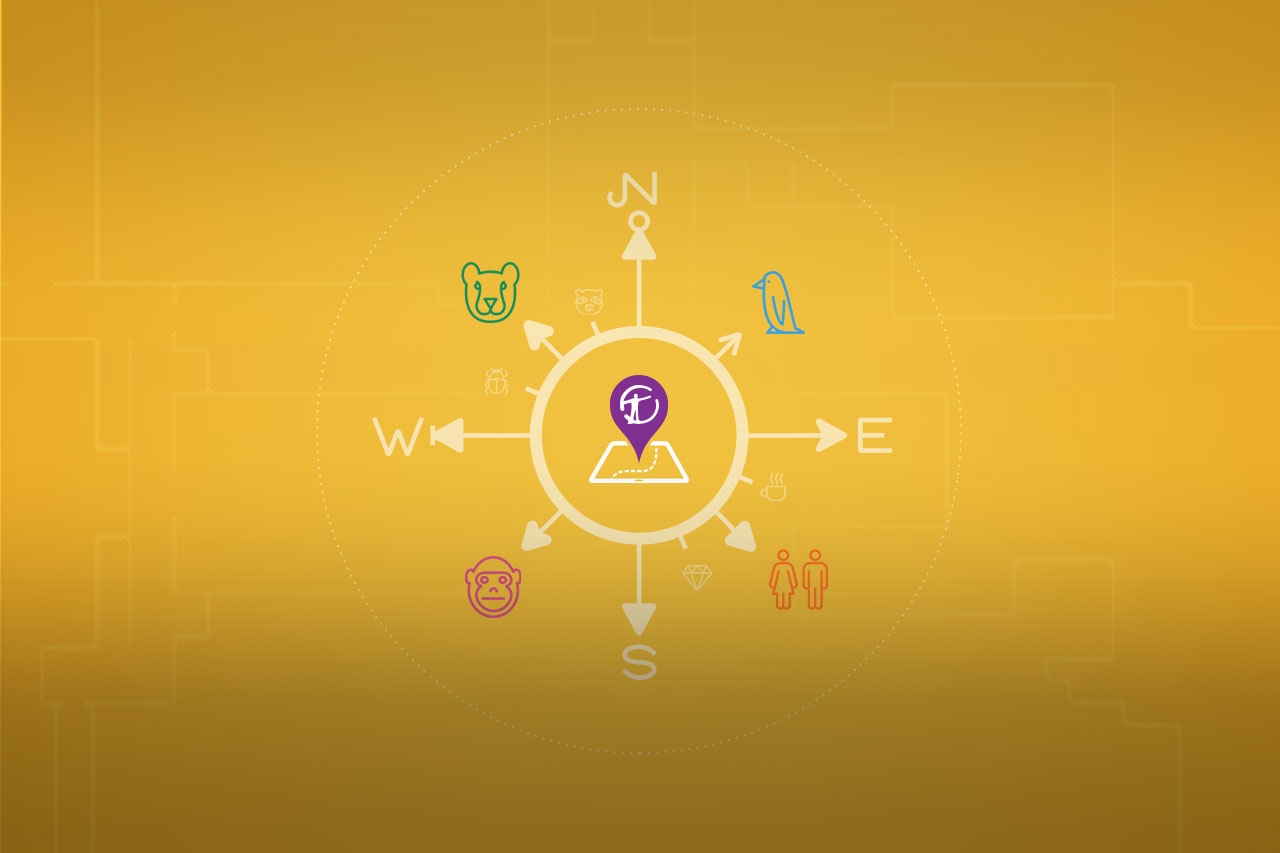webinar on digital trends, where we spoke about rising customer demands and the emergence of new marketing technologies. When looking for great case studies, companies like AirBnb and Snapchat came to mind. But we were surprised to find inspiration in a historic New York attraction: The Museum of Natural History. In its 150-year-old glory, the museum has adapted and grown to be more than just a museum. The 5-story building spanning across four city blocks has evolved into an immersive educational experience. Catherine Devine, the museum’s Chief Digital Officer, can be credited for a large amount of their success. Devine reworked the museum’s digital strategy and developed the Explorer app, which has completely reinvigorated the museum experience.
High expectations and the move to mobile
Consumer preference continues to evolve as mobile usage expands. It seems the more we focus on creating a positive customer experience, the more demanding customers become. This evolution of expectations due to technological advancements has brought forth an opportunity for brands to revamp the way they work. Devine has made it a priority at the Museum of Natural History to enhance user satisfaction by improving usability, accessibility, and pleasure.Starting with the audience
The museum has turned into a navigable treasure trove of endless information with the Explorer app in hand. And it’s all because Devine started with defining the customer’s needs. “When creating the Explorer app, we decided to shift our thinking around how the visitors think,” Devine said. She started by identifying problems that visitors face when visiting. Among the problems that needed solving were:- Where can I get coffee in the museum?
- What should I see while I’m there?
- What if I miss out on something?
- I want to find out more about that exhibit when I get home.
- How do I get there?
- How much are tickets?
- Do I need to print my ticket?
- And perhaps most importantly: where are the bathrooms?

Creating an experience
The most forward-thinking brands create engagement because they have an innate understanding of their audience and what it takes to get their attention. Devine accomplished this by putting herself in the customer’s shoes every step of the way. “The point is to add value to your prospects and create an experience,” Devine said. “That’s what gets them to engage with your brand in the modern digital era.” With the Explorer app, Devine’s goal was to get away from the idea of ‘content for everybody,’ and get to a granular and predictable type of experience. She did this by first, reducing friction in the experience. “Location services prompt tickets to popup on mobile devices when a visitor is closeby,” Devine said. “Explorer makes the museum easy to navigate and answers all FAQs related to tickets and recommended exhibits. There are also turn-by-turn instructions in the museum using Beacon technology.” But reducing friction is just the beginning. People expect to have a seamless experience, and it’s important that brands go above and beyond what’s expected. When a user opens the app, he’s able to select topics that interest him so suggestions are tailored to him. Explorer also features augmented reality, quizzes, and social sharing capabilities, making it a highly interactive experience.
Micro-moments
The user journey has become fragmented across different devices and locations, creating many separate decision-making moments, or micro-moments. The Museum of Natural History has taken this as an opportunity to reach consumers in more locations and situations. Devine identified the idea that there are multiple moments in every visit to the museum, and emphasized the importance of considering the user’s intent and context at all times. Devine used these micro-moments as opportunities to surprise and delight museum visitors.I-want-to-go moments
One type of these micro-moments is the I-want-to-go moments. A Google search like ‘best dry cleaner near me’ would qualify as one of these moments. It’s important that brands are aware of these searches and make themselves relevant when their customers are searching. Devine anticipated these moments by making mobile tickets available when visitors are nearby. While a visitor may purchase a ticket on desktop, the ticket will still appear on the user’s phone if the app is downloaded. She was not only considering the visitor’s location, but also their purchase process. These moments don’t just occur while in the museum — the app allows users to plan out their visit to the museum beforehand by viewing and selecting exhibits they’d like to see. She also took into account situational data. If it’s raining the day they plan to visit the museum, the app will notify the user to bring an umbrella.
I Want-to-know moments
The Explorer app appears where people are searching and connects people with what they’re looking for in real time to provide relevant information when they need it. For example, if a visitor was especially interested in the blue whale exhibit, he would immediately be provided with additional exhibit information after opening the app. Location services allow the user to access relevant information at any given time without searching to find it.
